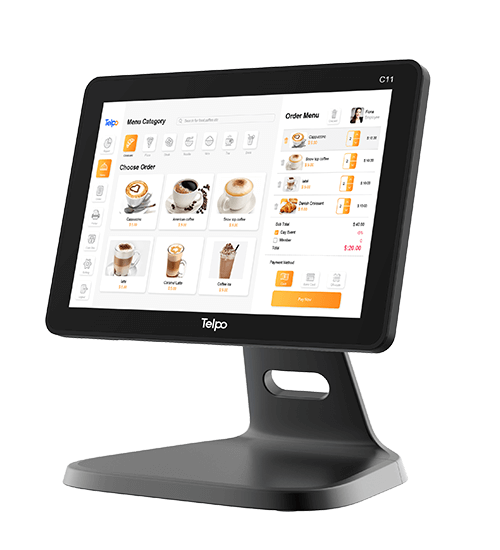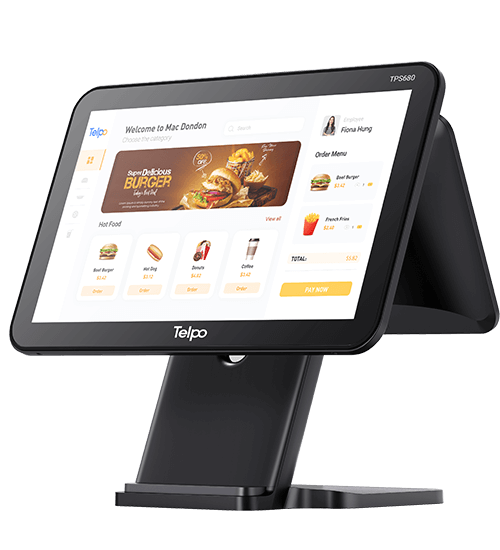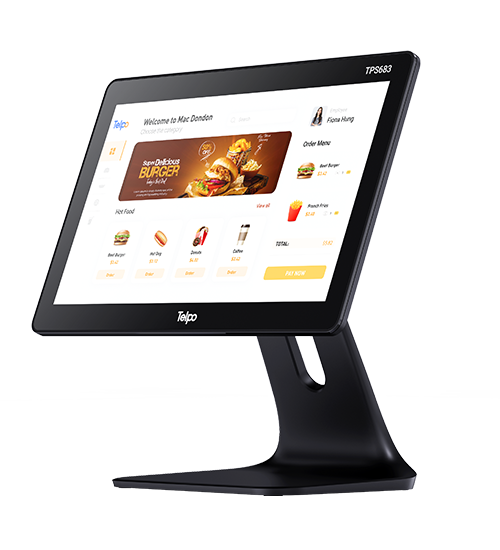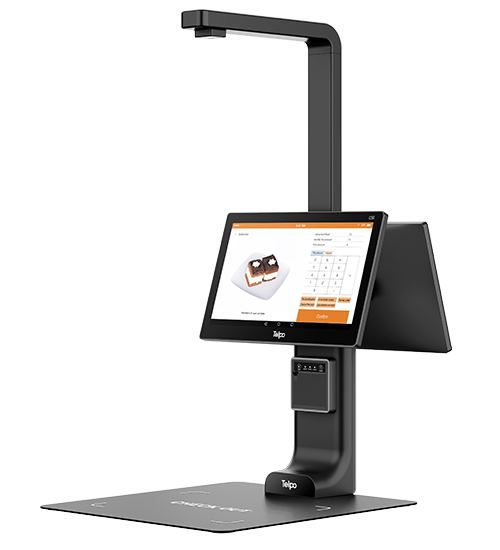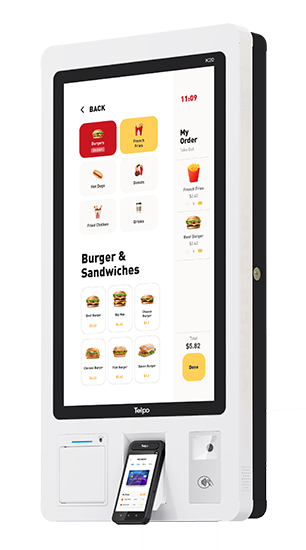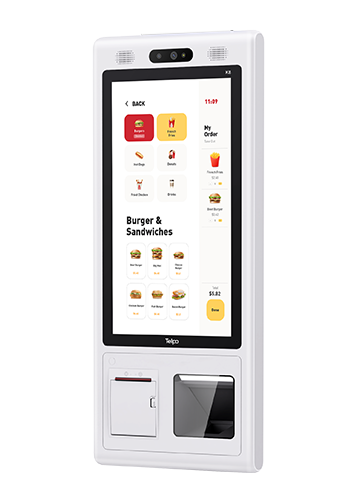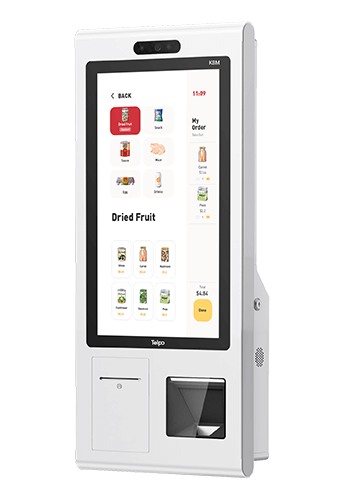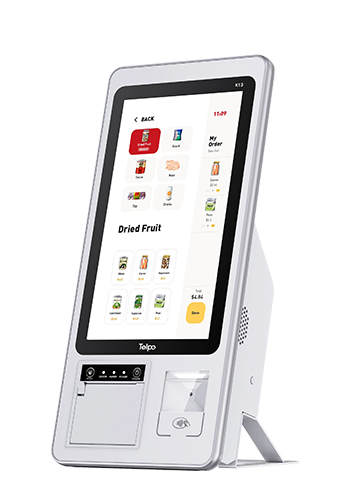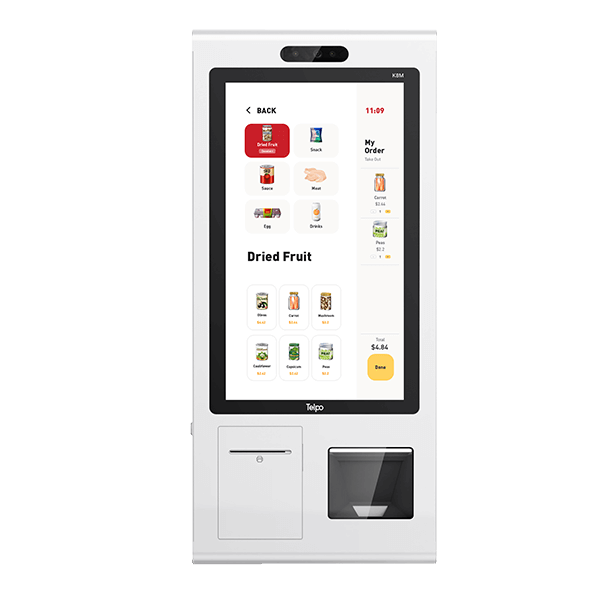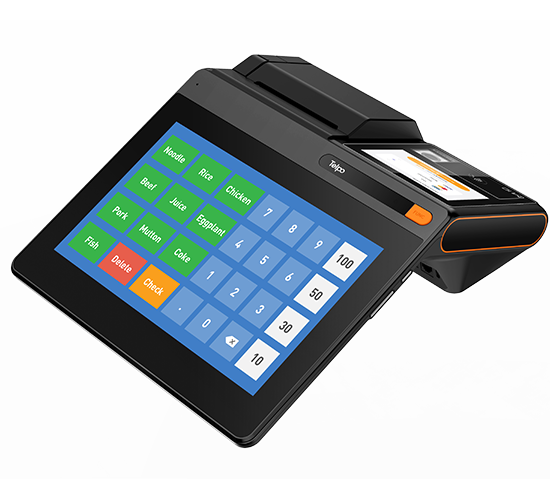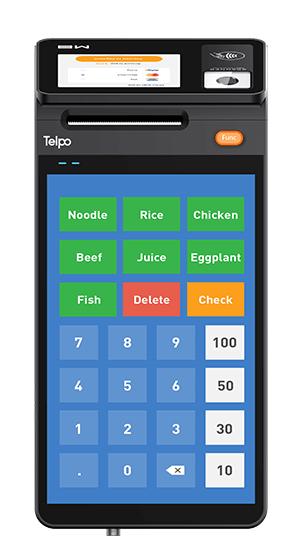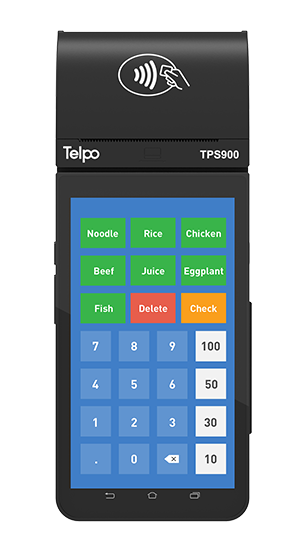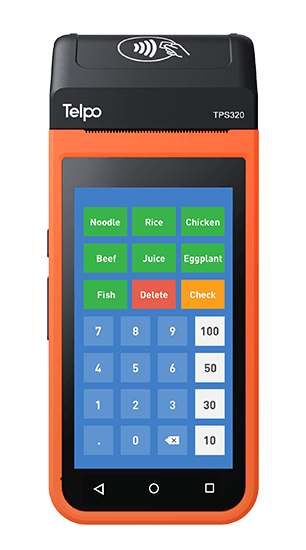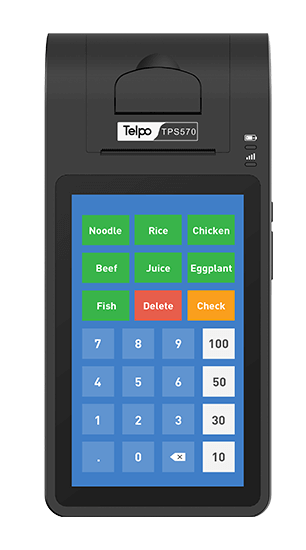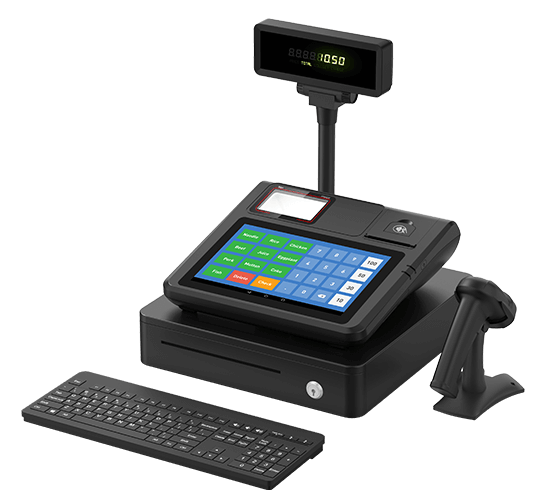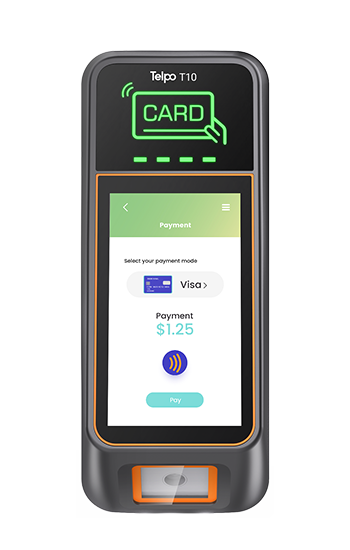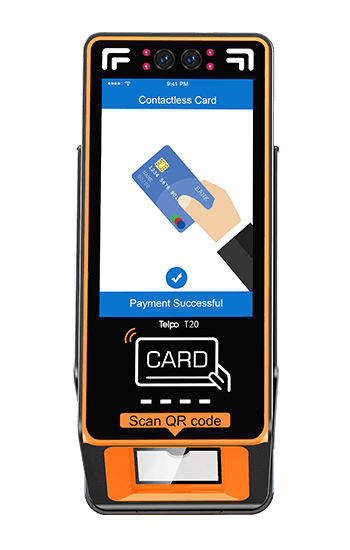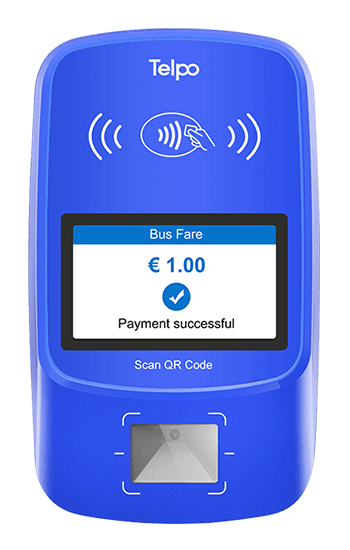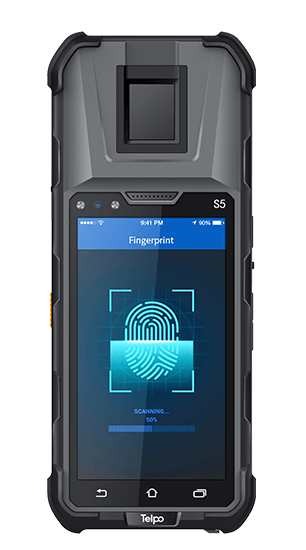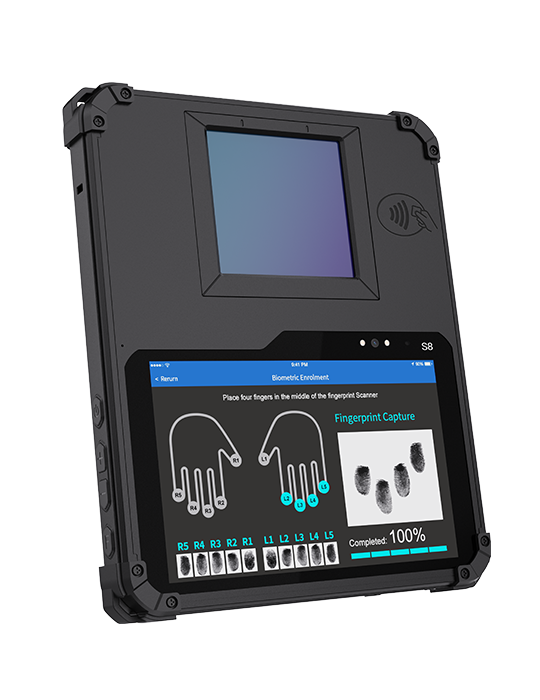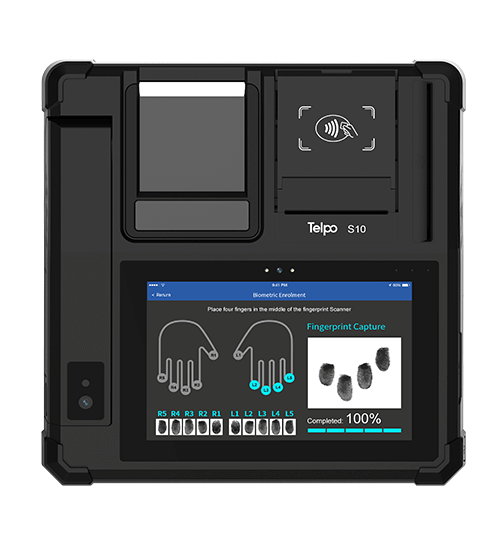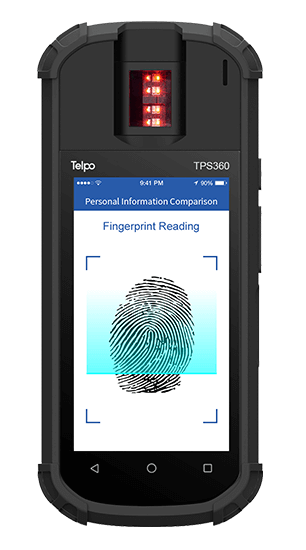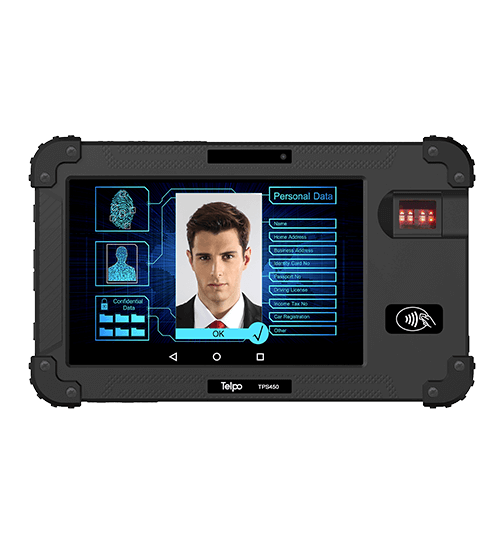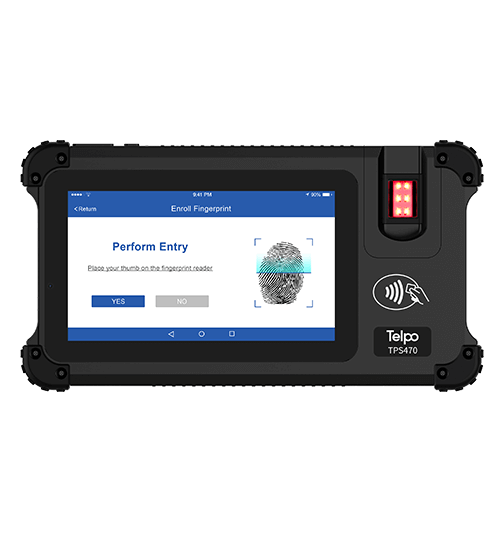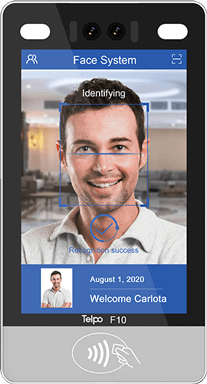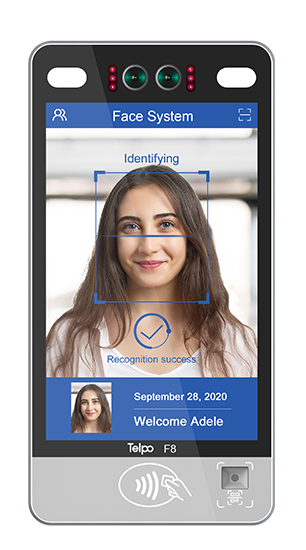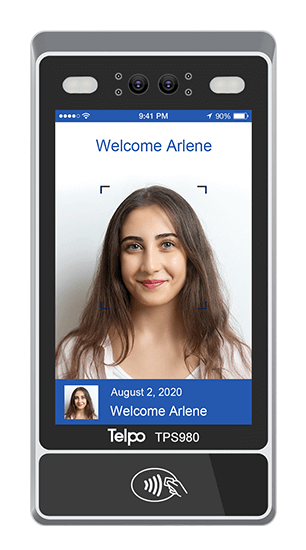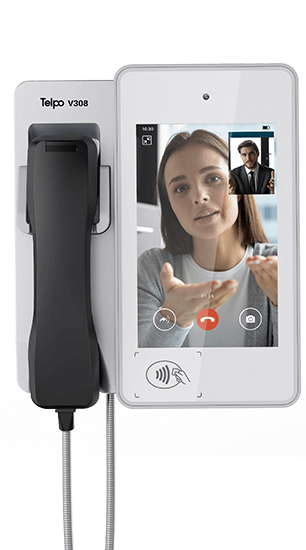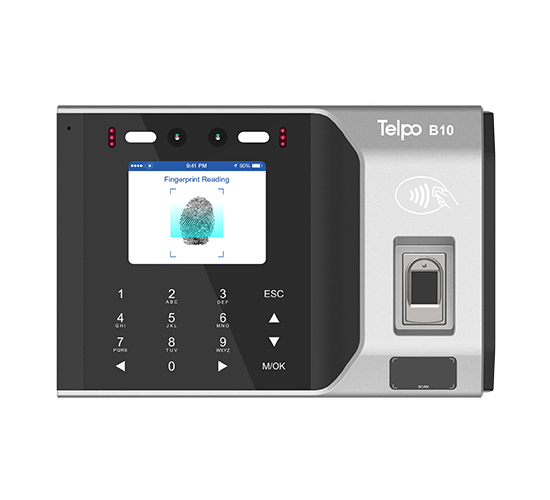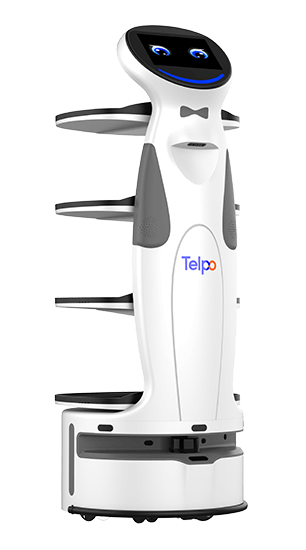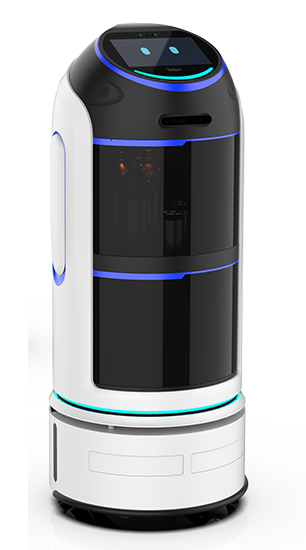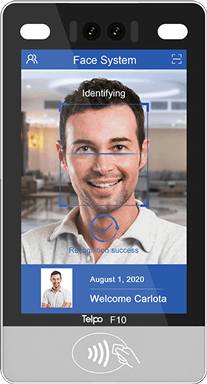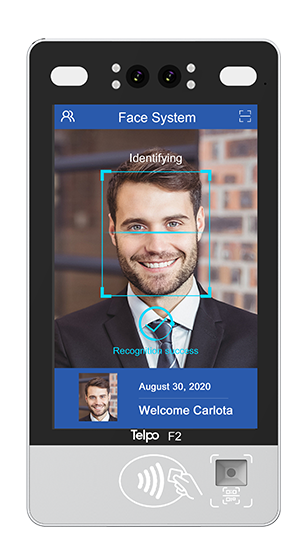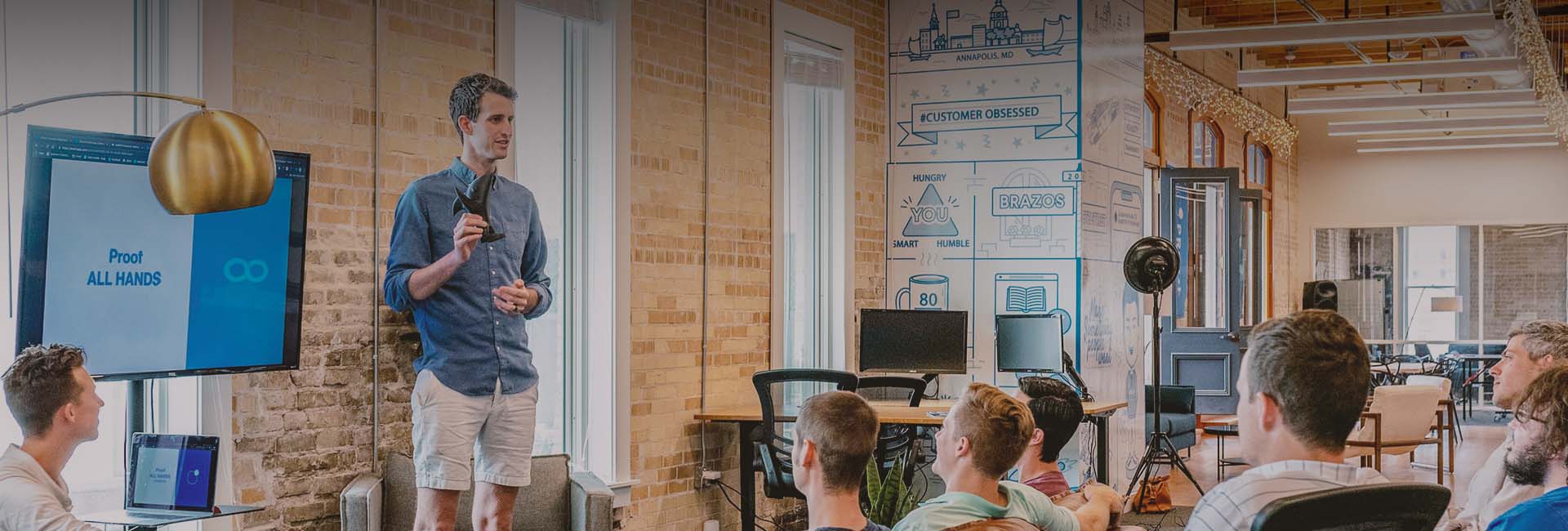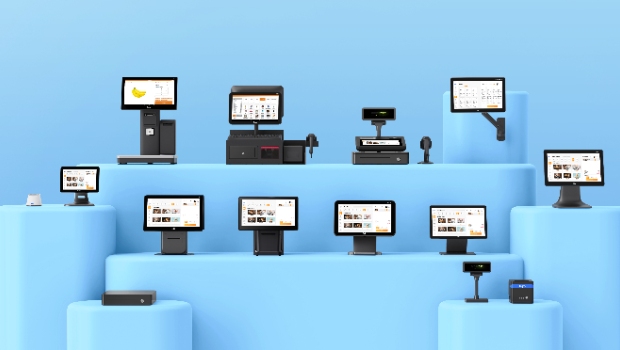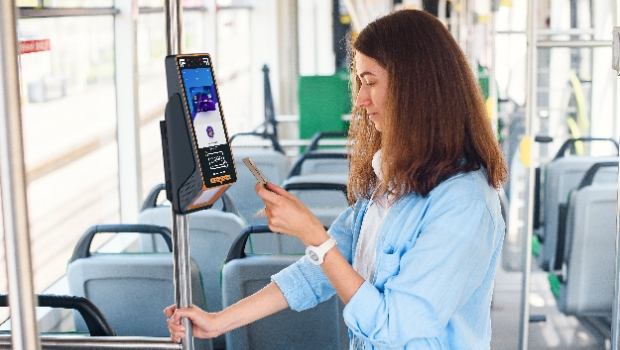The library is looking forward to entering a path toward a smart and intelligent direction nowadays. It is unwilling to fall behind after seeing the intelligent appearance of community, supermarket, hotel, and so on facilities that introduced advanced technology, facial recognition.

Chongqing Self-service library with Face Recognition system
Recently, a 24-hour self-service smart library was opened in Chongqing, China. Based on intelligent systems include face recognition system and reader analysis, readers can "scan" their faces to enter the library and borrow books. The face recognition system able to automatic analysis and statistics personnel in and out and book borrowing, realize unattended 24-hour service, and intelligent remote management.
In fact, aiming to make it easier for readers to borrow books, self-service libraries in Suzhou Industrial Park and some school libraries have tried to implement face recognition systems as early as 2018. Why would the library introduce facial recognition technology? And what advantages of a smart library compared with the traditional library?
Convenience is the first place we should talk about. It is common to see the reader fail to borrow the book if he forgets to bring, loss or stole reader card in the library in the past. While introducing a face recognition system, these problems will no longer exist. Their face information could not be illegally used. The mature face recognition anti-attack interference and liveness detection technology strengthens verification reality and stops the attack from photo, mask, and video.

Telpo Face Recognition Family
In addition, face recognition speed constantly accelerate with the mature of the algorithm. Take Telpo to face recognition terminal as an example, it can reach 0.4s recognize speed, make readers pass through more convenient and fast, and further reduce the congestion phenomenon in the library.
At the pandemic normalcy condition, the Telpo face recognition thermometer can also strengthen epidemic prevention and control and security management in the library with accurate and contactless features. Single-person or multi-person temperature detection methods can be chosen. And the face recognition system supports automatically carries out statistics on book borrowing, which is conducive to improve the operation and management efficiency of the library and the safety of books.
In response to promoting the implementation of the face recognition projects and applications, Telpo mobilizes 200+ professional R&D personnel to build a face recognition family. Nowadays, Telpo face recognition solutions have covered multi-dimension scenes such as school, community, library, restaurant, company, industrial park, and so on.
The face recognition access control, face attendance, face temperature, and face payment applications have already powered 100 + partners at home and abroad include Meituan, Burger King, Baidu, etc achieve intelligent transformation and upgrading.
In the future, Telpo will stick to the concept of serving society with innovative products, and further expand the application of AI technology in all walks of life.
Tag: smart library, self-service library, face recognition system, face recognition thermometer, reader analysis, face recognition access control, anti-attack
Company Introduction: Telpo is solidly located in the smart terminal industry forefront as it sticks to technology-driven and market demand-oriented. With keen market insight, Telpo has developed smart payment, smart community, smart retail, smart restaurant, face recognition temperature measurement, government election, and other scene applications to build a "cloud + terminal" brand and complete solution. Based on the rich and successful ODM experiences, Telpo satisfies customers in both the technology and business field.


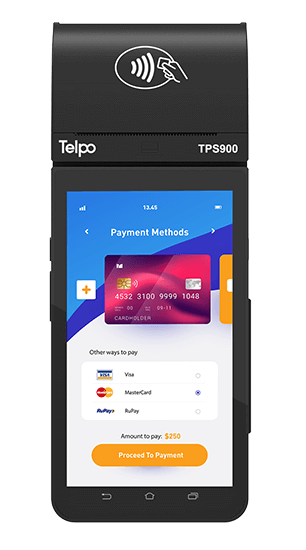
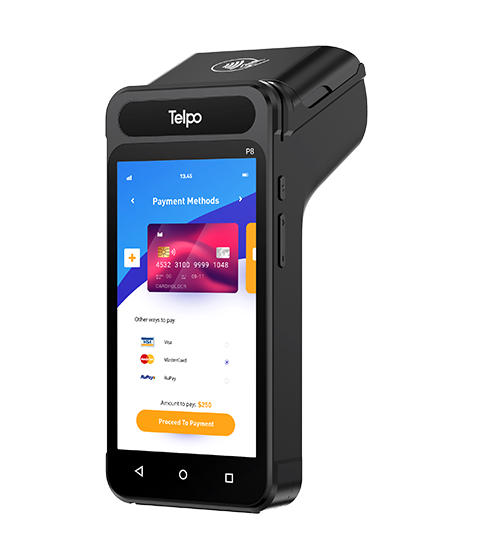


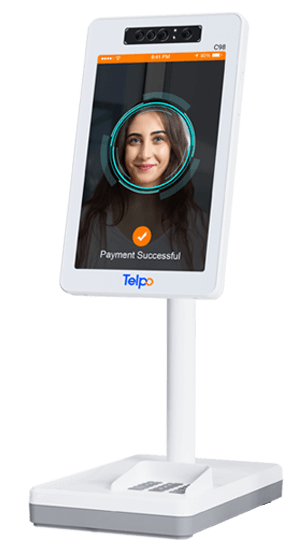
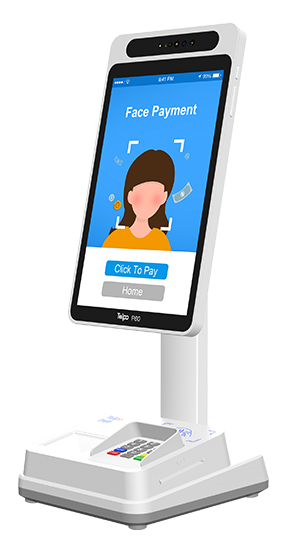
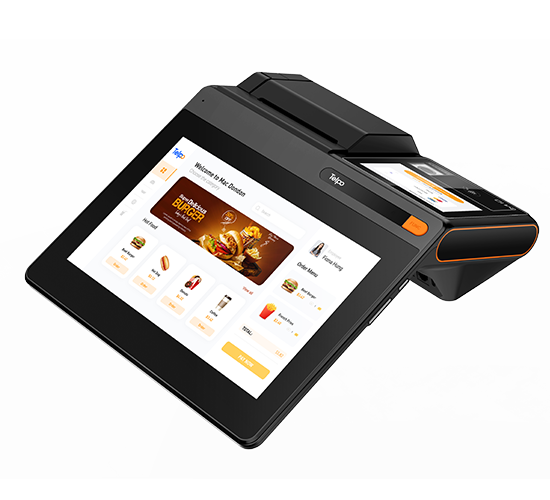
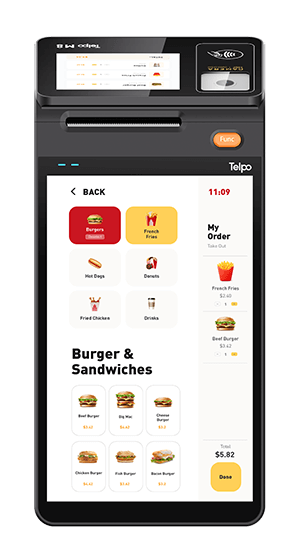
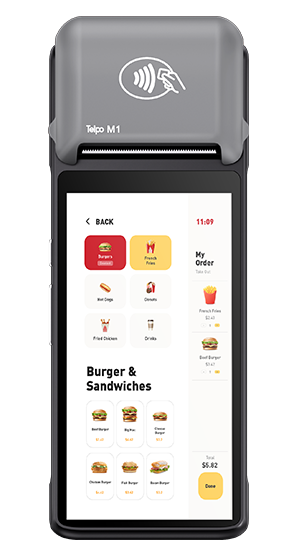
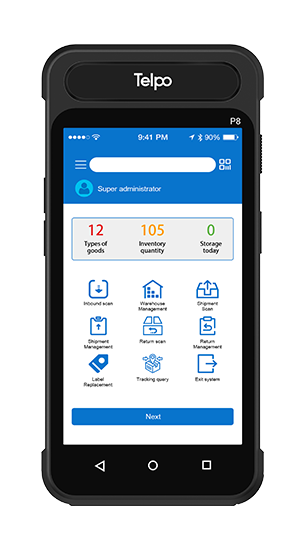
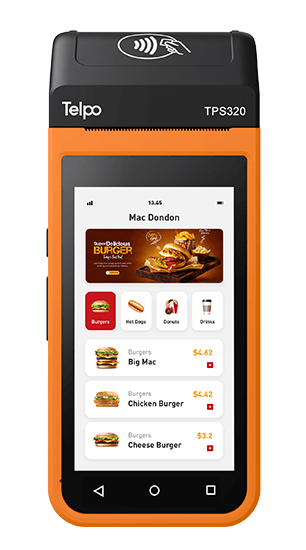
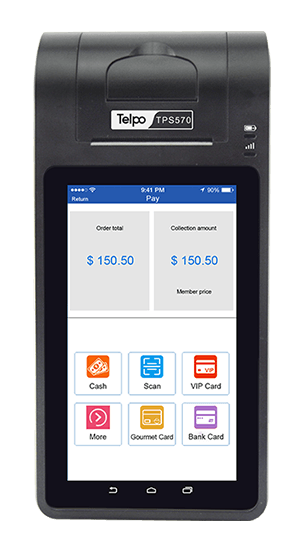
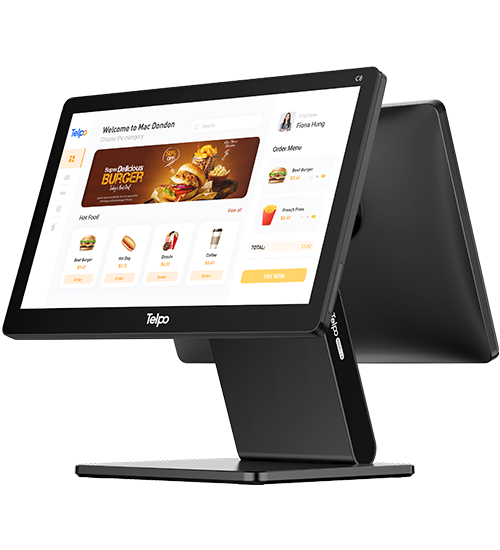
.png?VGVscG8tQzItUG9pbnQgb2YgU2FsZSBUZXJtaW5hbCA=*2023/07/Telpo-C2-good-look-550.png?VGVscG8tQzItUG9pbnQgb2YgU2FsZSBUZXJtaW5hbCA=*2023/07/Telpo-C2-80-printer-550.png?VGVscG8tQzItUG9pbnQgb2YgU2FsZSBUZXJtaW5hbCA=*2023/09/C2-printer-250.jpg?VGVscG8tQzItUG9pbnQgb2YgU2FsZSBUZXJtaW5hbCA=)
